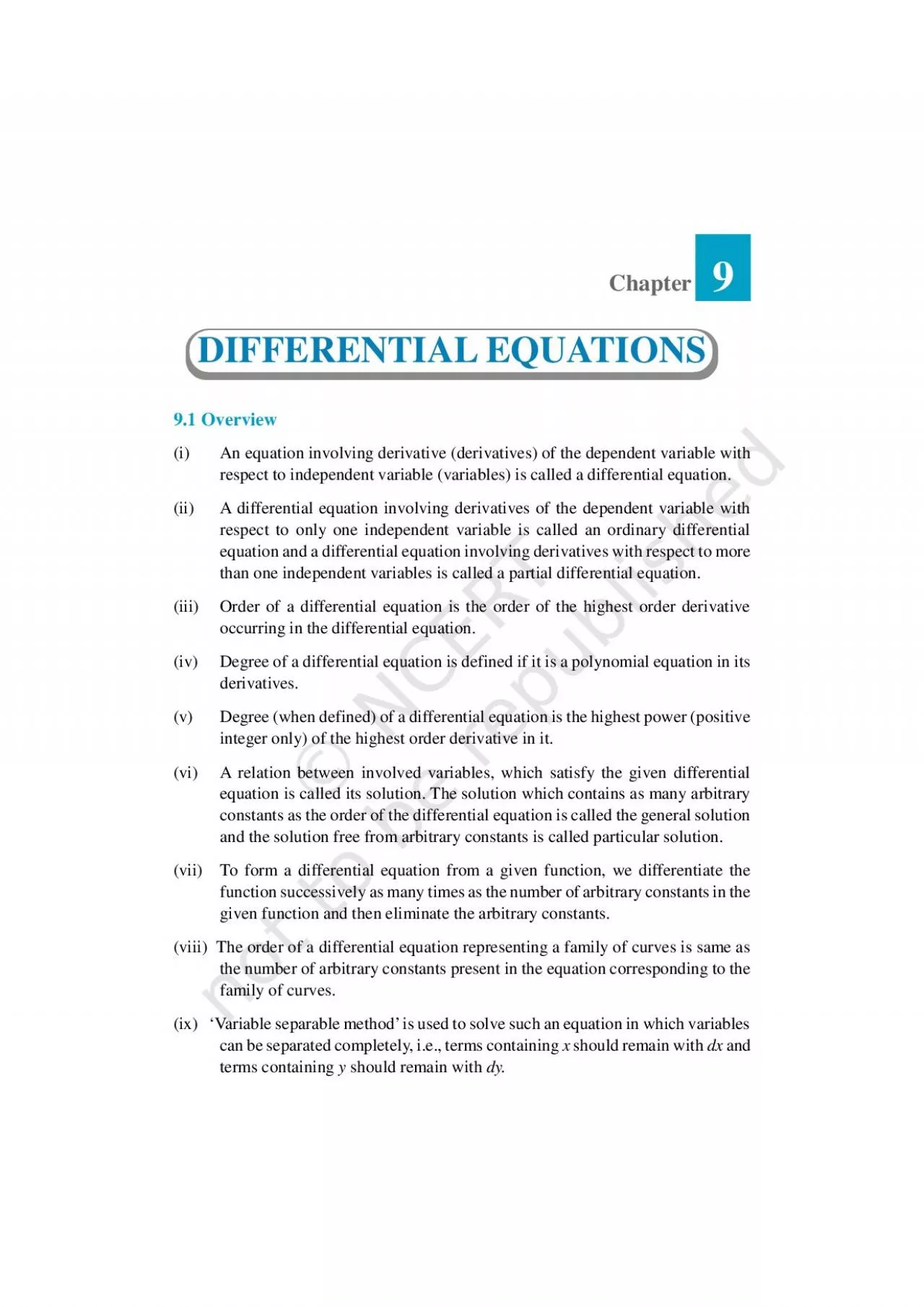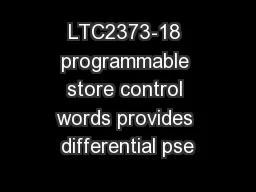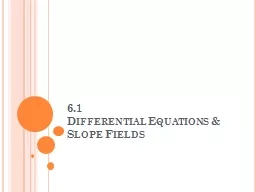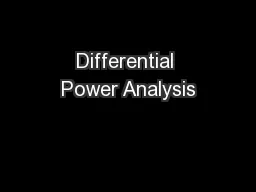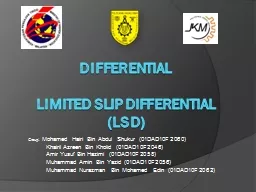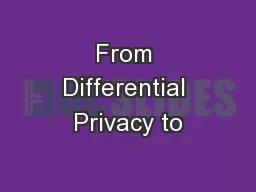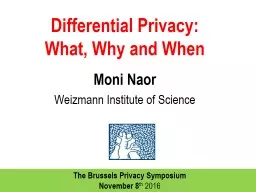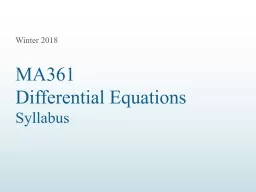PDF-DIFFERENTIAL EQUATIONS203
Author : trinity | Published Date : 2022-09-03
ivCorrect substitution for the solution of the differential equation of thetype dxgxydy where is a homogeneous function of thedegree zero is vyvNumber of arbitrary
Presentation Embed Code
Download Presentation
Download Presentation The PPT/PDF document "DIFFERENTIAL EQUATIONS203" is the property of its rightful owner. Permission is granted to download and print the materials on this website for personal, non-commercial use only, and to display it on your personal computer provided you do not modify the materials and that you retain all copyright notices contained in the materials. By downloading content from our website, you accept the terms of this agreement.
DIFFERENTIAL EQUATIONS203: Transcript
Download Rules Of Document
"DIFFERENTIAL EQUATIONS203"The content belongs to its owner. You may download and print it for personal use, without modification, and keep all copyright notices. By downloading, you agree to these terms.
Related Documents

